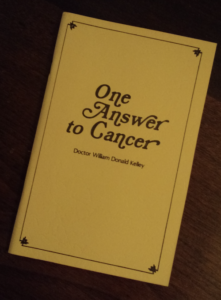 How long can you have cancer without knowing? Undetectable types and more
How long can you have cancer without knowing? Undetectable types and more
Cancer is a complex and diverse group of diseases. It can develop silently within the body, sometimes without noticeable symptoms, until it reaches an advanced stage. This can make early detection and diagnosis challenging.
However, doctors can diagnose many cancers early, even before symptoms develop.
This article explores how long a person can have cancer without knowing and the types of cancer that may have the potential to go undetected… (Continue to full article)
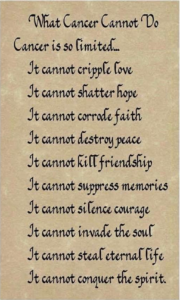 Team identifies a nutrient that cancer cells crave
Team identifies a nutrient that cancer cells crave
Arginine is an amino acid naturally produced by our bodies and plentiful in the fish, meat, and nuts that we eat. But as recent research in Science Advances reveals, arginine is an essential nutrient for cancer cells too. And starving them of it could potentially render tumors more vulnerable to the body’s natural immune response.
Researchers from Sohail Tavazoie’s Laboratory of Systems Cancer Biology at Rockefeller University have found that in a variety of human cancers, this amino acid becomes limited, prompting these cells to seek a clever genetic workaround: When arginine levels drop, they manipulate proteins at their disposal to more efficiently take up arginine and other amino acids. And remarkably, in a bid to keep growing, they induce mutations that reduce their reliance on it.
“It’s like if you had a Lego set, and you’re trying to build a fancy model plane, and you run out of the right bricks, the only way to still build the plane would be if you had altered blueprints that don’t require the missing bricks.”… (Continue to full article)
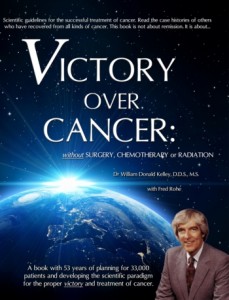
Order Yours Today!
Some cancers shouldn’t be treated
Early, non-aggressive tumors should be called “nodules.”
The collective effort to improve the treatment of cancer is often described as a “war,” as if malignant tumors are a scourge to be ruthlessly rooted out and destroyed the second they are detected. But oncologists are now increasingly calling for a truce in the case of many cancers. The fight might have gone too far.
As cancer screening has grown more powerful in scope and increasingly widespread, we’re detecting more cancers than ever before, and catching them earlier. A CDC study published last year found that between 2009 and 2018, the number of people diagnosed with cancer climbed from 1,292,222 to 1,708,921.
Cancer, what many people instinctively view as a death sentence, actually exists on a wide spectrum, ranging from ultra low risk, with less than a 5% chance of progressing over two decades, to extremely high risk, more than a 75% chance of progressing over one to two years. Since cancer treatment, including chemotherapy and surgery, can be costly and life-altering, the goal should be to wield these weapons in the cases they are called for, and keep them sheathed when they are not… (Continue to full article)
What Is Metastatic Cancer?
Metastatic cancer is cancer that has spread from its original location to a distant part of the body. Most metastatic cancers are not curable, although people with well-controlled metastatic cancer can live for many years.
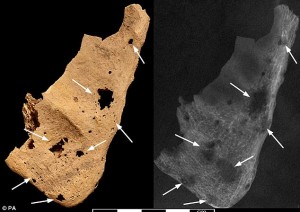
Signs of metastatic cancer
Metastatic cancers are serious and difficult to treat. While most are incurable, they can be managed for months or even years with the right treatment. And certain kinds of metastatic cancer, such as testicular cancer, can be curable.
The first cancerous tumor that develops is the primary tumor. This tumor can grow big enough to push into nearby tissue and organs. Also, cells can break away from the tumor and spread through tissue to form new tumors in nearby tissues, organs, or lymph nodes.
Cancer cells can also enter your bloodstream or lymphatic system. From there, they can travel just about anywhere in your body. When tumors form in a distant part of your body, you have metastatic cancer. For many types of cancer, metastatic cancer is also known as stage 4 cancer… (Continue to full article)
Lesser-Known Spices for Natural Cancer Prevention and Treatment!
 Since ancient times, spices have been used to prevent and treat many diseases. There are many spices known to cure many incurable diseases. There have been voyagers, including Christopher Columbus, who explored the globe searching for treasured spices.
Since ancient times, spices have been used to prevent and treat many diseases. There are many spices known to cure many incurable diseases. There have been voyagers, including Christopher Columbus, who explored the globe searching for treasured spices.
Many documented studies prove that more than adding flavors, these valued commodities are revered for their potential health benefits. The antioxidant properties and the biological effects arise from spice’s ability to induce changes in cellular processes. This includes those involved with cell division, drug metabolism, differentiation, apoptosis, and immunocompetence.
Some researchers suggest that spices may be a key to determining the balance between pro-and anticancer factors that regulate risk and tumor behavior. Recently, a rise has been noted in household use of spices, and about 75% of people in the U.S. believe this dietary approach reduces the risk of diseases, including cancer… (Continue to full article)
 Little by little, pharmacy benefit managers (PBMs) are getting their comeuppance and American consumers are getting their due when it comes to the cost of prescription drugs.
Little by little, pharmacy benefit managers (PBMs) are getting their comeuppance and American consumers are getting their due when it comes to the cost of prescription drugs.
 What qualities should medical schools look for in future doctors? Probably academic excellence, experience in the medical sector, loyalty to medical ethics, and good interpersonal skills.
What qualities should medical schools look for in future doctors? Probably academic excellence, experience in the medical sector, loyalty to medical ethics, and good interpersonal skills.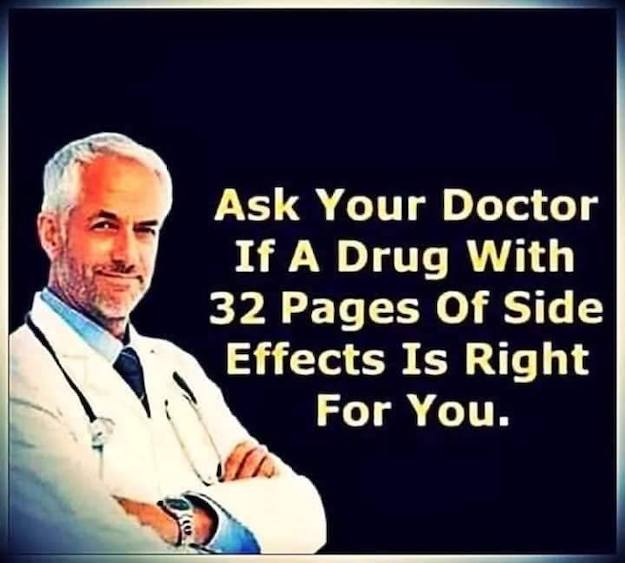 The number of Americans who suffer permanent consequences from medical misdiagnoses is higher than previously thought, according to a new study, but there are some simple steps you can take to lower your risk.
The number of Americans who suffer permanent consequences from medical misdiagnoses is higher than previously thought, according to a new study, but there are some simple steps you can take to lower your risk.

 The current population of Amish folks in America is quickly approaching 400,000, with the largest concentrations of 90,000 in Pennsylvania and 82,000 in Ohio. Amish have settled in as many as 32 US states, and have an average of 7 kids per family, so the population is growing rapidly. In a brand new, comprehensive study (as of June 2023), presented by Steve Kirsch to the Pennsylvania State Senate, it was calculated that for Amish children, who are strictly 100 percent not vaccinated (fully unvaccinated), typical chronic conditions barely exist, if any at all.
The current population of Amish folks in America is quickly approaching 400,000, with the largest concentrations of 90,000 in Pennsylvania and 82,000 in Ohio. Amish have settled in as many as 32 US states, and have an average of 7 kids per family, so the population is growing rapidly. In a brand new, comprehensive study (as of June 2023), presented by Steve Kirsch to the Pennsylvania State Senate, it was calculated that for Amish children, who are strictly 100 percent not vaccinated (fully unvaccinated), typical chronic conditions barely exist, if any at all. 
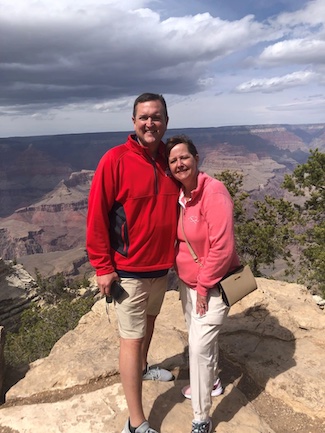
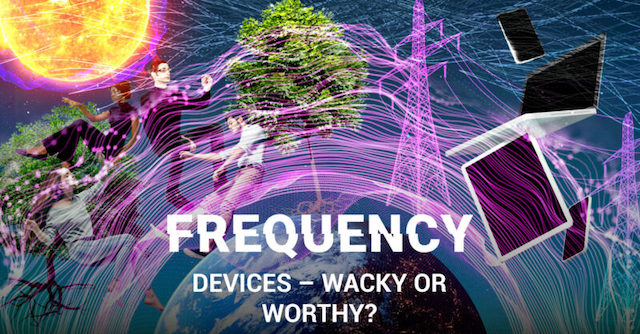 The second in a two-part series on frequencies, Rob Verkerk, Ph.D., sifts through the rapidly emerging field of frequency-based medical devices.
The second in a two-part series on frequencies, Rob Verkerk, Ph.D., sifts through the rapidly emerging field of frequency-based medical devices.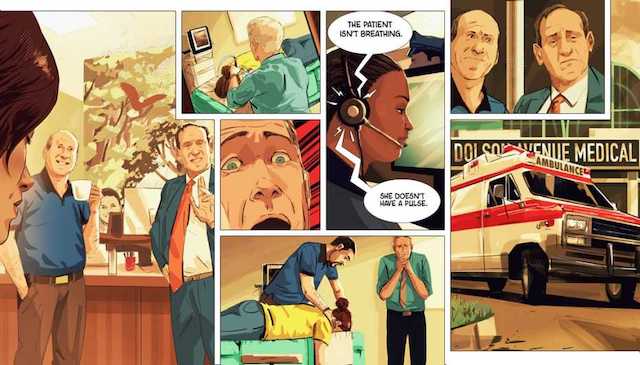

 Over a twenty-five year period, Dr. William Donald Kelley, a dentist by training, developed a complex approach to treating many chronic and degenerative diseases, including cancer. The three main elements of his metabolic program are nutrition, detoxification, and supplements of pancreatic enzymes. Although the controversial Kansas-born practitioner was condemned as a charlatan by the orthodox medical establishment, thousands; of severely ill patients sought his advice and followed his program, many with reported good results. Today, a number of practitioners claim to be using the Kelley regimen, though whether they actually are is open to question.
Over a twenty-five year period, Dr. William Donald Kelley, a dentist by training, developed a complex approach to treating many chronic and degenerative diseases, including cancer. The three main elements of his metabolic program are nutrition, detoxification, and supplements of pancreatic enzymes. Although the controversial Kansas-born practitioner was condemned as a charlatan by the orthodox medical establishment, thousands; of severely ill patients sought his advice and followed his program, many with reported good results. Today, a number of practitioners claim to be using the Kelley regimen, though whether they actually are is open to question. How long can you have cancer without knowing? Undetectable types and more
How long can you have cancer without knowing? Undetectable types and more Team identifies a nutrient that cancer cells crave
Team identifies a nutrient that cancer cells crave

 Since ancient times, spices have been used to prevent and treat many diseases. There are many spices known to cure many incurable diseases. There have been voyagers, including Christopher Columbus, who explored the globe searching for treasured spices.
Since ancient times, spices have been used to prevent and treat many diseases. There are many spices known to cure many incurable diseases. There have been voyagers, including Christopher Columbus, who explored the globe searching for treasured spices.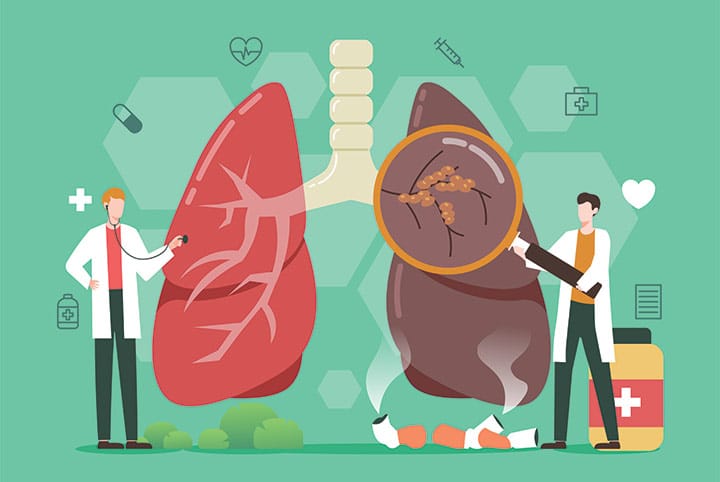 Lung cancer happens when cancer cells form in the lung tissue and the lining of your air passages. Lung cancer is the second most common cancer in the United States and the leading cause of
Lung cancer happens when cancer cells form in the lung tissue and the lining of your air passages. Lung cancer is the second most common cancer in the United States and the leading cause of 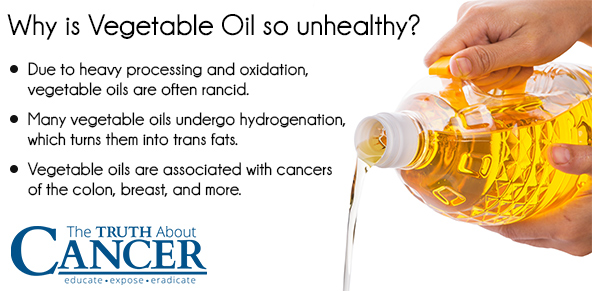 Have you wondered why nutritionists say “Be careful about using oxidative vegetable oils on the grocery shelf? It is because all oils on the grocery shelf except extra virgin olive oil have been boiled to over 300 degrees Fahrenheit EXCEPT COCONUT OIL, PALM OIL, BUTTER, RAW LARD, AND SUET. These omega-6 Cooked oils on the grocery shelf not only have no electromagnetic value, but they are prone to oxidation, which means they are oxidative instead of being an anti-oxidant and have no electromagnetic health value. Some nutritionists call them “dead” oils. They may cause serious health problems if used in deep-fried meat, beans, and other vegetables, plus even worse if combined with sugar products in the diet.
Have you wondered why nutritionists say “Be careful about using oxidative vegetable oils on the grocery shelf? It is because all oils on the grocery shelf except extra virgin olive oil have been boiled to over 300 degrees Fahrenheit EXCEPT COCONUT OIL, PALM OIL, BUTTER, RAW LARD, AND SUET. These omega-6 Cooked oils on the grocery shelf not only have no electromagnetic value, but they are prone to oxidation, which means they are oxidative instead of being an anti-oxidant and have no electromagnetic health value. Some nutritionists call them “dead” oils. They may cause serious health problems if used in deep-fried meat, beans, and other vegetables, plus even worse if combined with sugar products in the diet.  Red meat and sugar, staples of the Western diet, could be behind the mysterious uptick of colorectal
Red meat and sugar, staples of the Western diet, could be behind the mysterious uptick of colorectal